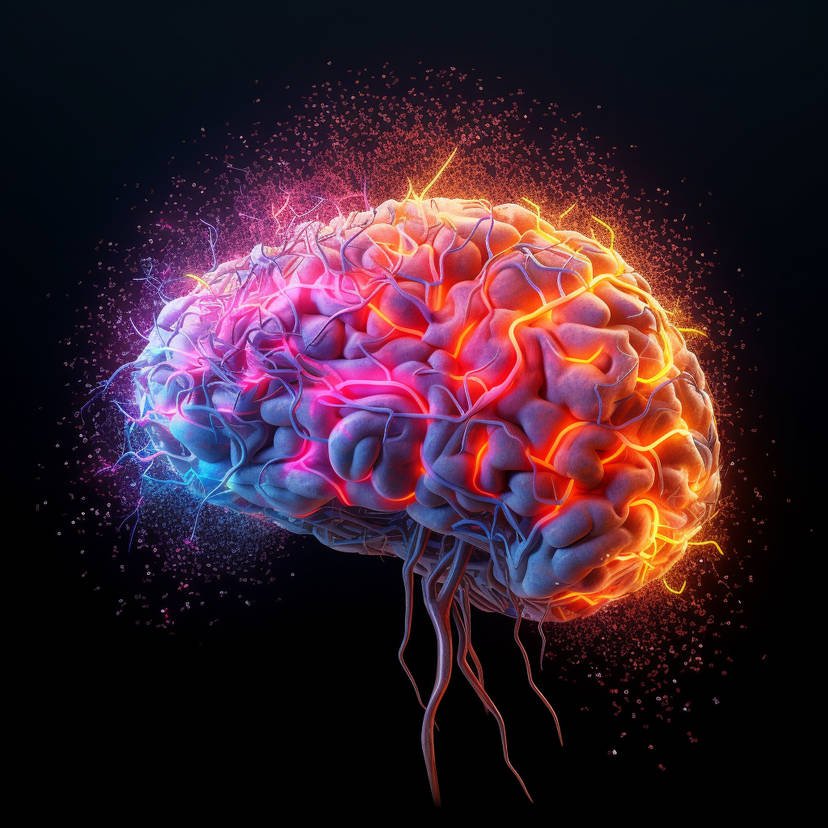Photo courtesy of hackmau5 via DeviantArt.
By Lily Benn ’24
Staff Writer
Some doctors, psychologists and researchers alike believe that we will soon discover scientific proof that consciousness is real and does not die when the body does.
According to Sam Parnia, a resuscitation specialist and associate professor of medicine at New York University Langone Health, "soon" could mean within the next 50-100 years. New science from the last few years has begun showing that death is no longer a point in time but a process, according to The Guardian.
Alex Blasdel wrote a longer analysis and exploration of the history of studies on death for The Guardian earlier this month. The main research his article focused on has not yet been completely published, but some prior research came out in May 2023. According to interviews Blasdel conducted with many different neurobiologists and resuscitation specialists, the field of death science is at a high in the 21st century, and discoveries are moving towards defining death and consciousness.
Specifically, Blasdel focused on a prominent neurology and molecular & integrative physiology professor at the University of Michigan Medical School, Jimo Borjigin, who has published many studies on neuroscience and the brain during death and near-death experiences. The most recent study was printed in the journal “Proceedings of the National Academy of Sciences” in May 2023.
Blasdel reported that Borjigin has discovered long periods of several different areas of brain activity after a patient has been declared dead. Specifically, these discoveries were seen in a patient they named “Patient One.” The Guardian explained that there were several areas of the brain on their scan that were lighting up with energy called "gamma-waves."
According to Borjigin, there were periods after clinical death when the energy came in waves in different areas of the brain and with many different intensity levels. Some were 11 to 12 times higher than they had been before when Patient One was on life support, Borjigin explained. Future research could lead to a collection of similar data, but the patient would need to survive to explain their perspective, which is currently missing from recent publications, as Borjigin and colleagues wrote in “Proceedings of the National Academy of Sciences.”
According to The Guardian, near-death as an official sector of neuroscience and biology study began in the 1970s. Since then, resuscitation science and medicine practices have become highly successful as medical science has improved, The Guardian elaborated. A September 2023 article from Scientific American explains that other research published in the journal “Resuscitation” exhibits evidence of brain activity during an hour of CPR after patients’ hearts had stopped.
Scientific American also emphasized that this data shows death is a process where the brain makes a last-ditch effort to revive itself. Both articles include interviews with Parnia, who has hope for the future of death and near-death research.
This research has been investigated throughout history by thousands of reported near-death experiences, according to The Guardian. These experiences have had extremely similar elements, usually following an outlined path outside of the body, The Guardian reported. It has caused different types of people in various professions to inquire into explanations surrounding death, especially as it is a topic that has been incredibly debated throughout history, according to The Guardian.
Fields such as spiritualism and parapsychology — the study of paranormal and psychic phenomena, according to Psychology Today — have approached the topic of death and consciousness for centuries, The Guardian explains. It is only recently that science is beginning to catch up, finding and diving into empirical evidence.

